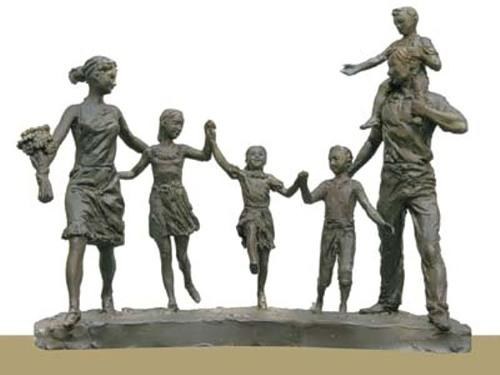Instruction
1
The growth of the population is the sum of two indicators - natural and migration increase. Is the difference between the current level of the demographic situation and the level of the earlier period. The length of time over which the calculation is performed is called settlement and can be short-term (from one month to several years) and long-term (5, 10, 15, 25, 100 years).
2
Natural increase - the positive difference between the number of births and deaths (the number of births is greater than the number of deaths). For example, in Russia, according to the August 2009 born of 151.7 thousand people died 150,7 thousand people, so a natural increase of the population amounted to a thousand people. It is believed that if the birth rate exceeds the death rate, the reproduction of the population expanded. If these numbers are approximately equal, simple reproduction. If the death rate exceeds the birth rate, reproduction is narrowed, there is a strong demographic decline.
3
Migration (or mechanical) increase of the positive difference between the number of arrivals in a country of people from other countries and the number of departures from it citizens.
4
To determine the General pattern of demographic change in country coefficients of growth of the population. The rate of natural increase is the difference between the number of births and deaths over a period divided by the total number of the population. The migration growth of the population is the difference between the number of arrivals to the country citizens and the number of emigrants divided by total population. Accordingly, the overall rate of growth of the population is the sum of these coefficients.
Note
Population growth is generally measured in percentage, so the resulting ratio is multiplied by 100. The total population is taken at the beginning of the billing period.
Useful advice
Based on the data and analysis population growth rate can predict the development of the situation in the coming periods.
